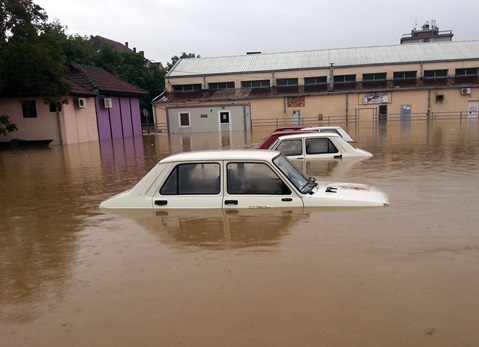Climate crisis: extreme weather
Leading climate-related causes of death, illness and suffering result from exposure to increasingly frequent and more intense extreme weather events, including heatwaves, wildfires, floods and storm surges, as well as slow-onset events such as droughts.





